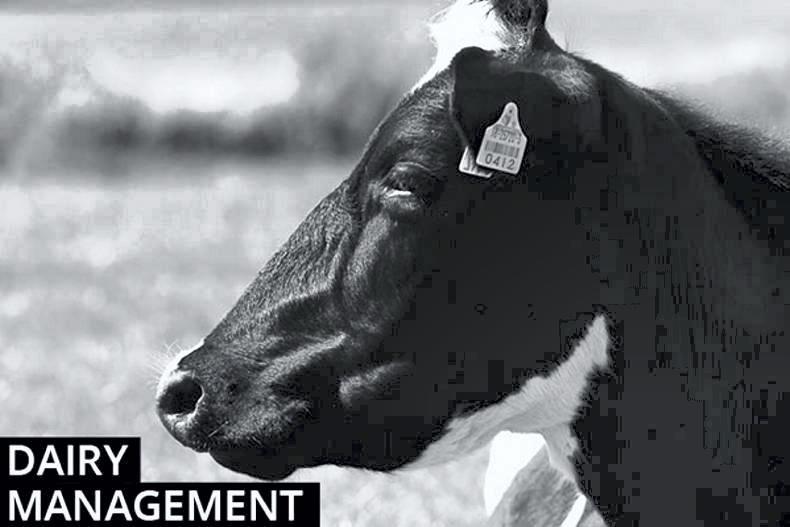For the last three years, the Clonakilty research farm herd on mixed clover grass swards has delivered about 50kg of milk solids extra per cow, compared to cows grazing grass-only swards. I know well many farmers are not fans of clover, but the team at Clonakilty has been working hard at trying to manage the challenges and now feels comfortable at managing the bloat risk. Yes, there is less dry matter available in the spring, but quality silage bales can make up the difference. At €4 to €5/kg milk solids, the extra 50kg MS per cow is €200 to €250 per cow extra output – or €500 to €600 per hectare extra output – which is a serious shift in output. Yes, there is more time to go in the trial, but the last three years have been very consistent.
The other farm that has similar grass to Clonakilty is the Greenfield Kilkenny farm. All paddocks in Kilkenny are single grass variety paddocks with clover. Of course, Kilkenny is not a research farm and there are no “grass only” paddocks, so we don’t have comparison data. It will be interesting to watch the development of grass and clover varieties on other commercial farms around Ireland.
Silage quality:
If producing milk indoors with grass silage as the main forage, then try and make sure you are using your best silage. If that means using up a small amount across the front of the pit to get back into better-quality silage, then do that. Also, if you have round bales that are better quality, use them up. Spring milk farmers will always hold a quantity of quality bales for the spring when cows might need supplement in February and March.
Read more
Clover challenge in Clonakilty
Dairy management: end of grazing year is best time to plan for next 12 months
Dairy management: silage quality
Dairy management: end of grazing year is best time to plan for next 12 months
For the last three years, the Clonakilty research farm herd on mixed clover grass swards has delivered about 50kg of milk solids extra per cow, compared to cows grazing grass-only swards. I know well many farmers are not fans of clover, but the team at Clonakilty has been working hard at trying to manage the challenges and now feels comfortable at managing the bloat risk. Yes, there is less dry matter available in the spring, but quality silage bales can make up the difference. At €4 to €5/kg milk solids, the extra 50kg MS per cow is €200 to €250 per cow extra output – or €500 to €600 per hectare extra output – which is a serious shift in output. Yes, there is more time to go in the trial, but the last three years have been very consistent.
The other farm that has similar grass to Clonakilty is the Greenfield Kilkenny farm. All paddocks in Kilkenny are single grass variety paddocks with clover. Of course, Kilkenny is not a research farm and there are no “grass only” paddocks, so we don’t have comparison data. It will be interesting to watch the development of grass and clover varieties on other commercial farms around Ireland.
Silage quality:
If producing milk indoors with grass silage as the main forage, then try and make sure you are using your best silage. If that means using up a small amount across the front of the pit to get back into better-quality silage, then do that. Also, if you have round bales that are better quality, use them up. Spring milk farmers will always hold a quantity of quality bales for the spring when cows might need supplement in February and March.
Read more
Clover challenge in Clonakilty
Dairy management: end of grazing year is best time to plan for next 12 months
Dairy management: silage quality
Dairy management: end of grazing year is best time to plan for next 12 months






 This is a subscriber-only article
This is a subscriber-only article










SHARING OPTIONS: